How to Get a Great Headshot Photo

What goes into a great, and effective, headshot?
Headshots are photographs with a purpose, like an assistance dog, they are meant to do a job beyond the warm and fuzzy. In this climate of social media, a good headshot sets the tone of a good first impression. And, according to body language guru Vanessa Van Edwards, first impressions are permanent, accurate, immediate, and nonverbal. There is real science behind this. Can you tell how powerful someone is based on their photo? Researchers Ambady and Rule found that study participants were able to accurately guess how successful individual CEO’s of Fortune 500 companies were by rating them on leadership qualities just by looking at their head shots alone.
That’s why, as a photographer and former art therapist, I have made a study of expression and body language to help my clients not just look great, but make and leave the right impression. Beyond lighting, posing, and wardrobe, I help you zero in on the right message.
What positive traits do you want your headshot to engender?
First, think about how your headshot will function. For a business headshot the positive traits are often: Success, warmth, charisma, and confidence. For an actor’s headshot it might be similar with charisma and confidence but with a sprinkling of imagination and deep thinking. Agencies will sometimes call this something behind the eyes, and it shows your ability to immerse yourself in a character. Physical attractiveness can be very important in getting cast, however is just not enough these days because pretty is a dime a dozen in the acting. Therefore showing emotional depth in a headshot can be helpful. For musical theater it might be exuberant, energetic, warmth, and confidence. For dancers I have heard attributes such as driven, hard-working, and confidence mentioned.

This headshot of an artist and pottery studio owner, Jacob Grant, shows an open, confident, and genuinely happy expression. Through his wardrobe, hair styling, and the lighting I used, you get the sense that he is creative and different, but also welcoming and approachable. From his headshot alone, you get the sense it might be fun to check out one of his classes or date night pottery experiences.
The two best micro expressions for an effective headshot
I should share that my understanding of micro expressions is from the work of Dr. Paul Ekman as explained by Vanessa Van Edwards. Edwards recommends two emotions to show in a headshot: genuine happiness or a neutral or contemplative expression.
Genuine Happiness= Crows feet at eyes (yes, ladies, I said it), cheeks raised, lips drawn up and back. A genuine happiness smile can show teeth or not. The only true indication of happiness is when the cheeks are activated. A smile, alone, is inauthentic, and people can recognize the difference even if it is only on an unconscious level. How can you make yourself happy? Hold a pencil between your teeth and don’t let your lips touch. This will activate your upper cheek muscles and make you start to feel happy. Really, you will. You can also think of happy things like puppies and well whatever makes you smile;) I literally just ask my clients what is your favorite joke, or what makes you laugh? Even if they don’t answer, they get that genuine smile right away. At the end of a photo session, your cheek muscles should be exhausted.
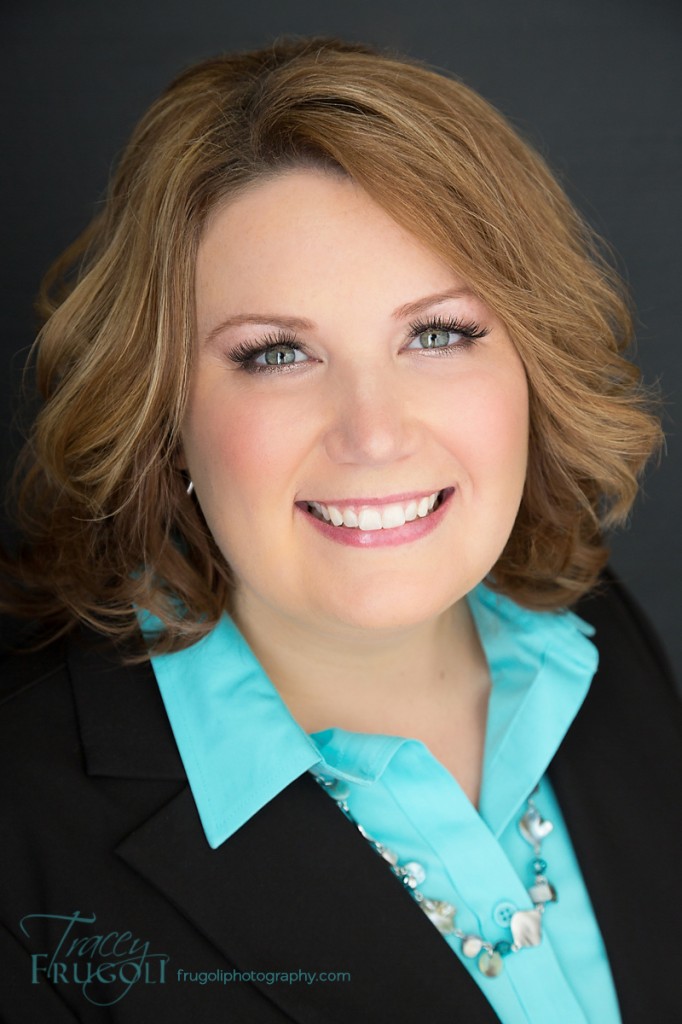
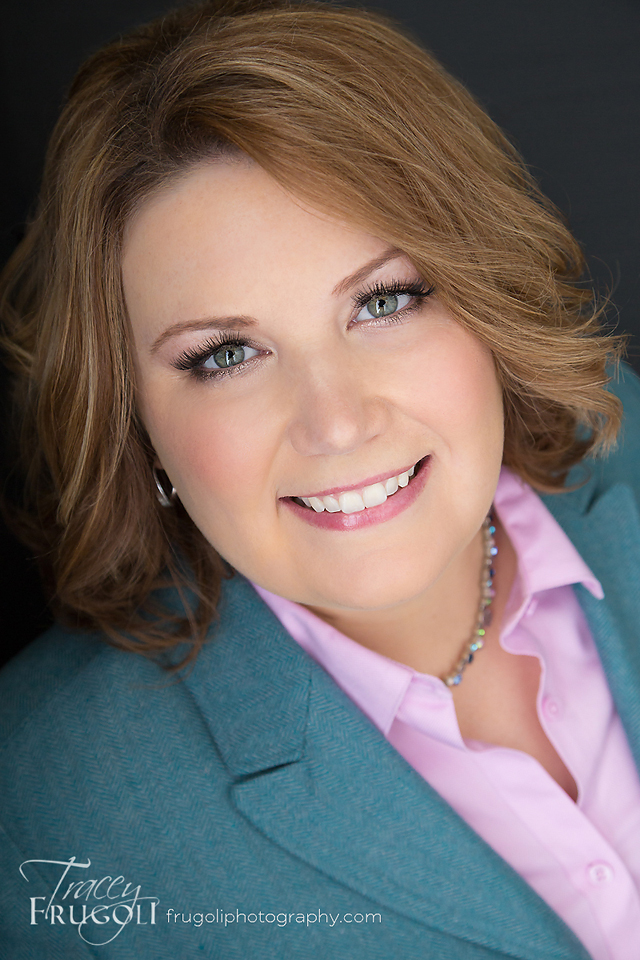
Both of these headshots show genuine happiness. Through careful use of color in the wardrobe as well as camera angle they each make a different impression. The first one is more suited to conservative employment environments and say, ” I am open, warm but also a confident and capable leader” while the other image is more suited to slightly more relationship oriented environment and emphasises that “I am a team player.” Both are fine for social media like linked in depending on the kind of job opportunities you are trying to attract.
Neutral Emotion— or a contemplative expression. While the mouth may not be activated there is definitely a connection to the camera with the eyes. Nothing is worse than dead eyes in a headshot. Sometimes even some slight squinting can give the impression of thoughtfulness. But be careful that it doesn’t start to appear to look like displeasure. This is good for a more serious line of work. The CEO of a bank or Fortune 500 company, spokes-person for a medical charity, etc. One thing to think about, is that after a certain age, the corners of our lips start to sag when not activated. Thus a neutral expression might be perceived as sadness or displeasure in a picture. Often I recommend a slight smile to activate those muscles to show a sense of warmth.
Actors will often want one headshot with genuine happiness and one with a more contemplative look to submit for different types of parts. In the shot above right of dancer, Richard Smith, the serious expression, that is both open and connected, shows his complete dedication to his craft and the lack of shirt is really only appropriate for a male dancer’s headshot. That wouldn’t go over well for a corporate headshot. I have also used more creative lighting and a shallow depth of field to give a more dramatic effect. But nothing gets in the way of seeing what Richard looks like. That is something an actors headshot should always do, impart what you look like.
Emotions to avoid in a headshot
For the most part any “negative emotion” such as anger, sadness, or disgust should be avoided. An expression that many people don’t recognize is contempt= a half smile, eyes can be narrowed, and sometimes the body can be turned away. This expression is often confused with happiness because of the half smile. You see this expression all over social media, you see it on rap artists and other “tough cookies,” but beware, if you are sporting this expression, you might be sending the wrong message and alienating your audience.
Things that can make your headshot take a nose dive
Hands up to face in a headshot. Unconsciously, women touch themselves (such as the neck) in flirting behavior because it releases pheromones; they touch their hair because it emphasizes their full shiny hair. Hands are used to great effect in beauty and boudoir photography because the hands direct where you want the eye to look. But, in a headshot, that is usually not the impression you want to make.
Crossing arms in front of chest or other blocking devices. You often see this in waist up or full length shots to show that someone is confident and in charge. But, from a body language perspective, this acts as an emotional barrier between you and the viewer of your picture. For a headshot, you want to form an emotional connection with the viewer, so you get the call back and not someone else. Keep yourself open and facing the camera and really connect with those eyes! Hiding behind a prop can run the risk of looking like you are hiding in general. It makes an arty shot of this young photographer below, but as a sole headshot the camera gets in the way of his relationship to the viewer.
Hair blowing or other “glamour” techniques in a headshot other than a small segment of fashion/glamour applications. You don’t need all that for acting, dance, modelling and corporate applications and it will probably make it harder for you to be taken seriously. But for someone in the beauty industry it can be appropriate depending on how it is done.
The first image is an example of when some of those glamour techniques can really work. It is a headshot done for artist and designer, Dana Baldwin, for a fashion event in which beauty and image was an important part of the impression. She looks open, connected, beautiful and vital. While the other image on the right, of my gorgeous senior portrait ambassador, Lauren Dennis, is far more suited to a different application than a headshot due to her lack of genuine happiness. Her slightly raised eyebrows also impart a bit of an air of superiority which is great for certain fashion/beauty applications, but not a headshot.
This is for the ladies: Too much or no makeup. According to a Harvard study by Nancy Etcoff, women wearing makeup are seen as more competent, likable, attractive and trustworthy. But too much makeup was found in a subsequent study to decrease trustworthiness. Whether you like that idea of women needing to wear makeup to be perceived as more competent or not, why not use it to your advantage when it comes to getting the results you want from your headshot.
That is why I always recommend professional hair and makeup for your headshot. It makes a HUGE difference. And how much or what style of make up you use can depend on the application for which your headshot is intended. Since so much casting is done based on type, actors, for example, need to show what they look like without a lot of makeup similar to how you would look walking into an audition. The only time I would recommend a headshot without any makeup might be for a model, and even then I might recommend only minimal makeup vs none. Casting a model is so dependent on facial features that your headshot needs to really give a sense of what you look like.
There are other considerations actors/performers headshots and you can do a quick google search for a trove of information. I usually recommend showing the top of the head and much of the hair, again this has to do with casting. The trend for actors and other performers are for color headshots for the purposes of submitting for casting. It may be that a black and white is still useful in a performance program or other media, however, and it is is certainly more “arty” for a websites or social media.
Contact me today, I’m into getting you the right results!
Hopefully this post has given you some useful information and a place to start when it comes to getting a headshot that is just right for you. Headshots are one of my favorite things to shoot because I geek out on getting you to the right images to help you get the right results whether that is a callback for an audition or an increase in perceived competence on linked in or your corporate environment. You will leave my studio feeling more confident knowing that when it is time to use that headshot, you got this!

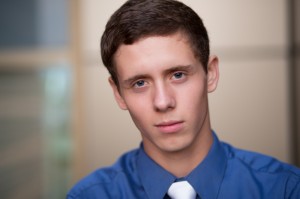
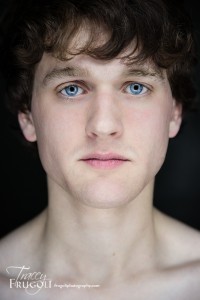
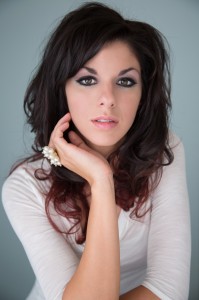

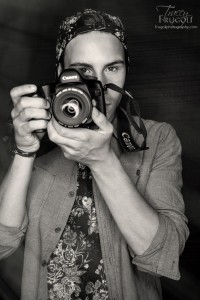


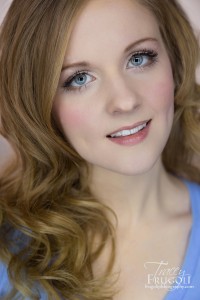
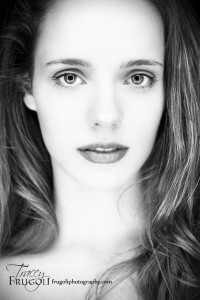
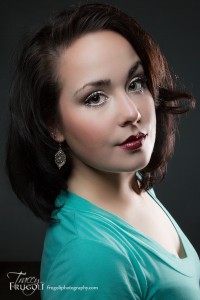
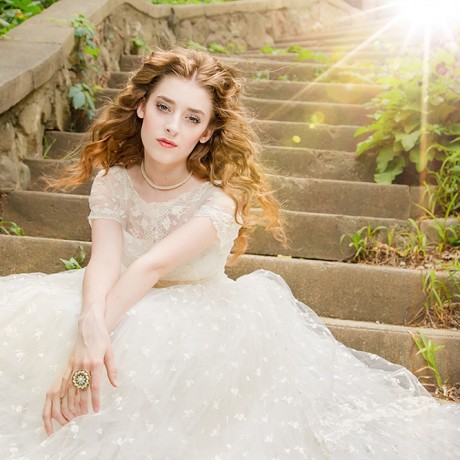

1 comment
Pingback: How to get the most out of your head shot